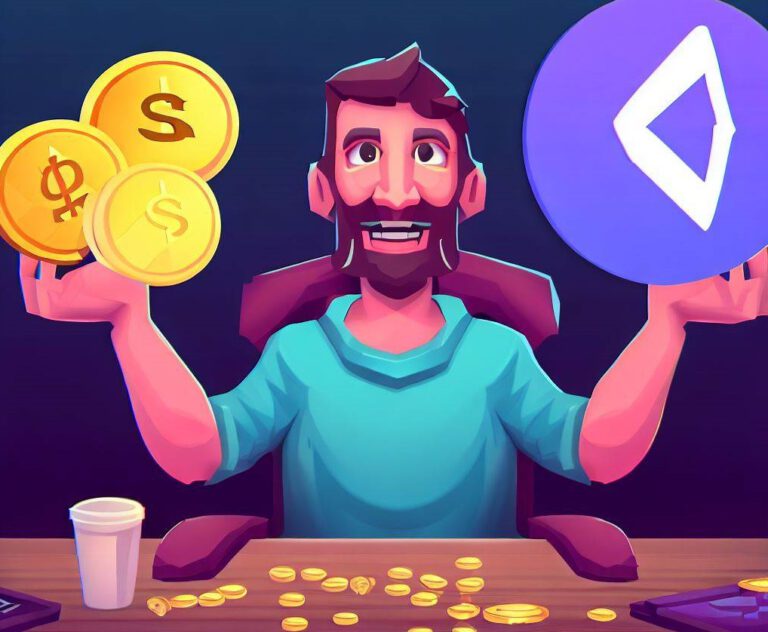Mastering Unity Multiplayer: A Comprehensive Guide to Developing Multiplayer Games

In the world of game development, multiplayer functionality has become an integral part of creating immersive and engaging experiences. Unity, a powerful game development engine, provides developers with a robust set of tools and features to build multiplayer games across various platforms. This article aims to provide an extended guide and tutorials on developing multiplayer games in Unity, focusing on essential topics such as matchmaking, synchronization, and network optimization. Whether you are a beginner or an experienced developer, this guide will equip you with the knowledge and skills necessary to create compelling multiplayer experiences.
I. Understanding Multiplayer Fundamentals in Unity: Before diving into the specifics of Unity’s multiplayer features, it is crucial to grasp the fundamental concepts that underpin multiplayer game development. This section will cover key concepts such as client-server architecture, authoritative servers, and client prediction.
- Client-Server Architecture: Exploring the fundamentals of the client-server model and understanding its relevance in multiplayer game development.
- Authoritative Servers: Understanding the importance of authoritative servers in multiplayer games, including their role in validating and synchronizing game state.
- Client Prediction: Delving into client prediction techniques to enhance responsiveness and improve the overall player experience.
II. Setting Up the Unity Multiplayer Environment: To begin developing multiplayer games in Unity, you need to configure your project and set up the necessary networking components. This section will guide you through the process of setting up Unity’s multiplayer environment.
- Unity Networking Solutions: A comprehensive overview of Unity’s networking solutions, including UNet (Unity Networking) and the new Unity Transport Package.
- Project Configuration: Step-by-step instructions on how to configure a Unity project for multiplayer development, including importing necessary packages and setting up the Network Manager.
III. Matchmaking and Lobby Systems: Creating a seamless multiplayer experience involves implementing matchmaking and lobby systems to connect players and manage game sessions effectively. This section will cover various techniques and best practices for implementing matchmaking in Unity.
- Matchmaking Basics: An introduction to the different types of matchmaking systems and an overview of Unity’s matchmaking services, including Relay servers and the Matchmaker API.
- Implementing Custom Matchmaking: A step-by-step tutorial on creating custom matchmaking systems, including creating lobbies, managing player connections, and handling match data.
IV. Synchronization and Network Optimization: Achieving smooth and synchronized gameplay across multiple networked clients is a significant challenge in multiplayer game development. This section will focus on synchronization techniques and network optimization strategies to ensure a seamless multiplayer experience.
- Object Synchronization: Exploring methods to synchronize game objects across the network, including state synchronization, interpolation, and extrapolation.
- Lag Compensation: Discussing techniques to compensate for network latency and provide a fair gameplay experience, such as client-side prediction, server reconciliation, and lag compensation algorithms.
- Network Optimization: Optimizing network traffic, reducing bandwidth consumption, and minimizing latency through techniques like compression, delta compression, and dead reckoning.
Conclusion:
Developing multiplayer games in Unity opens up a world of possibilities for creating engaging and interactive experiences. By mastering the essential topics of matchmaking, synchronization, and network optimization, you can build robust multiplayer games that captivate players across different platforms. This extended article has provided an in-depth guide and tutorials to help you embark on your journey to becoming a proficient Unity multiplayer game developer. Remember, the key to success lies in practice, experimentation, and continuous learning.








